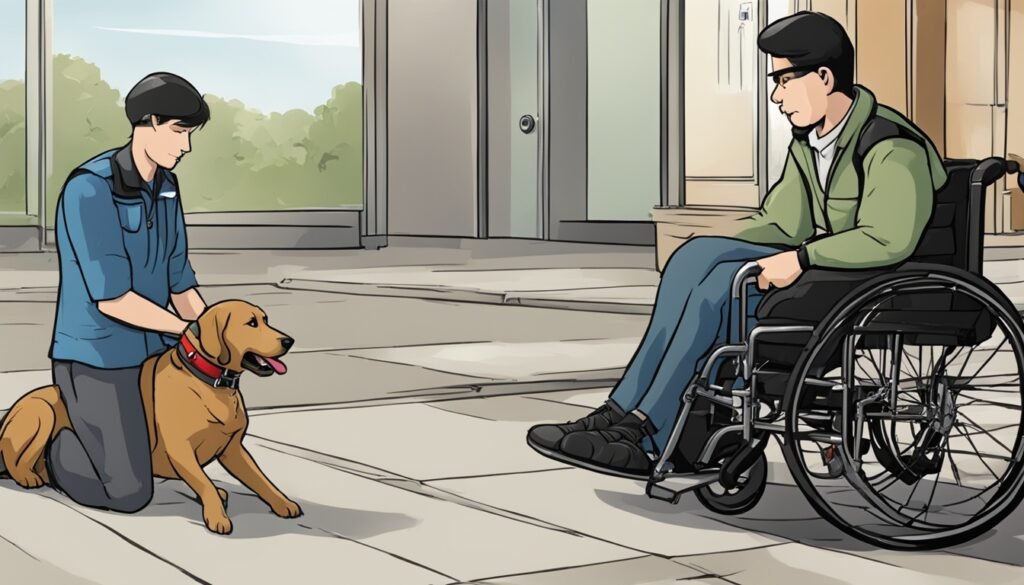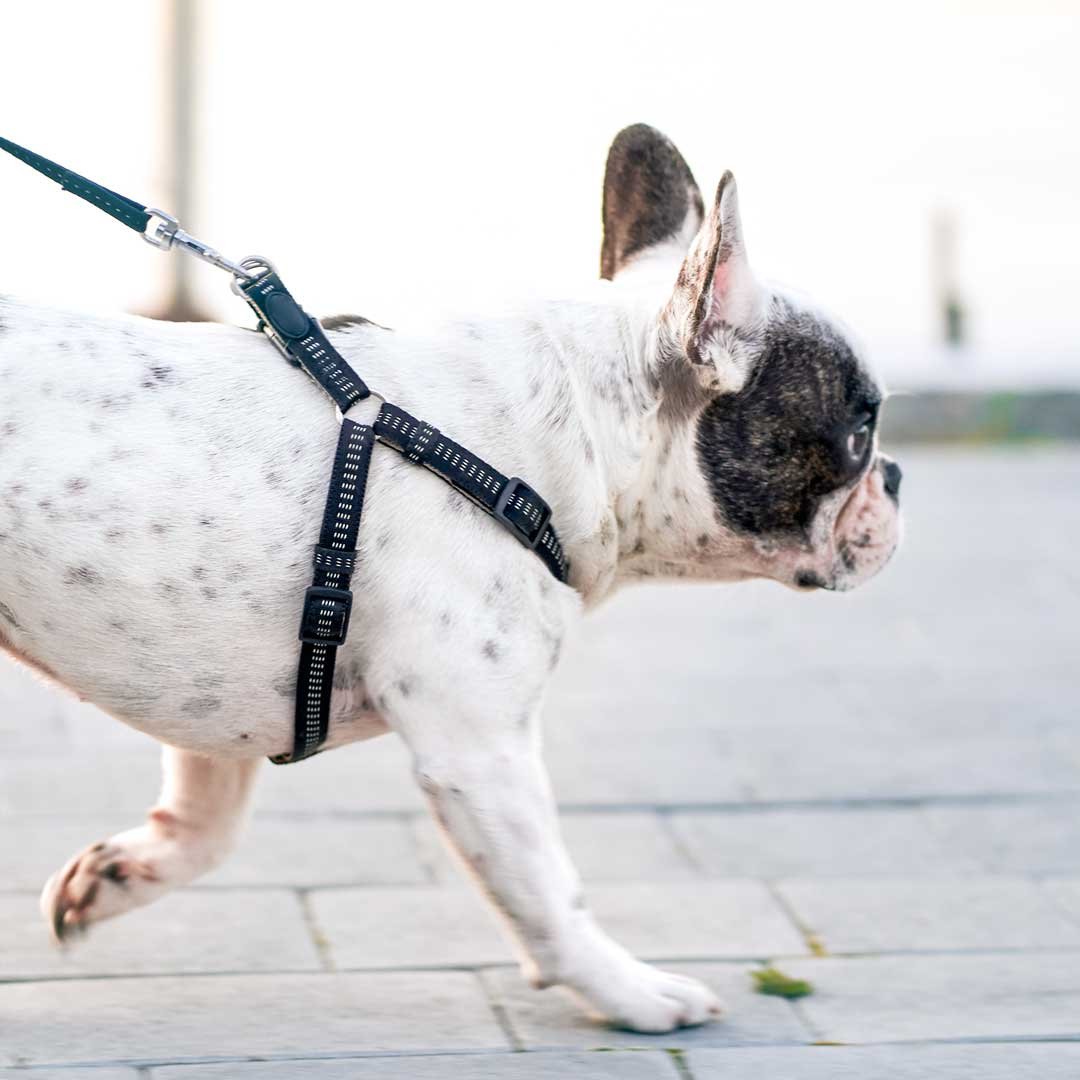More than 56 million Americans have disabilities and seek support through animal companions. Service dogs are not just pets for them; they are crucial partners. These dogs match the specific needs of their owners, whether as assistance, emotional support, or therapy providers.
The connection between a service dog and its owner is strong. It illustrates how these animals dramatically improve their owners’ independence and emotional health. Each service dog is special, not just for its character, but also for the unique training that changes lives. They bring stability or comfort, depending on their owner’s challenges.
Key Takeaways
- Assistance dogs provide invaluable support for over 56 million Americans living with disabilities.
- Different breeds serve as service dogs, emotional support dogs, and therapy dogs to assist and enhance the lives of disabled individuals.
- A well-matched canine companion can offer transformative emotional and practical benefits to those with disabilities.
- The variety of roles service dogs play cater to specific needs, establishing a deep bond and mutual reliance between the animal and its handler.
- From helping with mobility to providing emotional stability, these dogs are integral to the daily functioning and emotional health of many disabled persons.
Dog Breeds for Disabled People: Choosing Your Loyal Assistant
Service dogs are essential for those with different disabilities. They are trained to help in specific ways. This makes their owners more independent and safe. We will look at what guide dogs for the blind, hearing dogs, and others do.
Understanding Service Dogs and Their Roles
Service dogs do more than provide company. They help their owners with daily tasks. Knowing this shows their huge value and the effort they put into training.
Guide Dogs for the Blind – Leading the Way to Independence
Guide dogs are eyes for the visually impaired. They are trained to lead their owners around obstacles. This gives the blind more freedom to go places with confidence.
Hearing Dogs – Alerting Their Partners to Important Sounds
Hearing dogs act as ears for those who can’t hear well. They notice important sounds like alarms or a crying baby. This keeps their owners safe and informed.
Mobility Assistance Dogs – Providing Support and Stability
Mobility dogs help those with movement issues. They do tasks like opening doors or carrying things. This makes their owners more able, boosting their independence.
Autism Service Dogs – Offering Comfort and Assurance
Autism service dogs calm their owners and help manage stress. They make social situations easier for those with autism. This is very important for their well-being.
Seizure Alert Dogs – Detecting and Responding to Medical Emergencies
Seizure dogs can sense when a seizure is coming. They warn their owners so they can get safe. After a seizure, they might bring help. They’re key to keeping their owners healthy.
Training and Certifying Your Dog: The Journey to Becoming a Disability Aid
Starting service dog training is a big commitment. It goes past the typical care for pets. It gets dogs ready to help people with special needs. This training mixes patience, doing things again and again, and steady learning. Dog certification shows these special dogs can stay with their owners in public safely.

Dogs start their training when they are puppies, but older dogs can also learn. They first get taught basic commands like sit, stay, come, and to walk with a leash calmly. This early training lays a strong base for more specialized lessons.
- Behavioral Training: Encouraging dogs to stay calm in many places.
- Task Training: Teaching dogs to do certain jobs like bringing things, opening doors, or offering support.
- Public Access Training: Showing dogs how to move around public spaces without bothering others. This is key for their service dog certification.
After the essentials, the dog certification journey begins. This makes sure the dog can do its job right. Getting certified isn’t the end. It needs to happen over and over to confirm the dog keeps behaving well in public.
“A well-trained service dog is not just a companion but a lifeline to their human partner, offering them increased independence and security,” says a trainer from a top service dog training spot.
Dog certification includes an exam by those who are pros. They check the dog’s skills and how it acts around people. Passing this tests the dog’s ability to support and protect its owner legally. This is to make sure everyone with a service dog can live fully.
It’s vital to keep up the training even after getting certified. This refreshes the dog’s memory and keeps it sharp to meet the owner’s needs. Renewing certifications and staying up to date keep service dogs reliable and effective in their role as aids.
Conclusion: The Unbreakable Bond Between Disabled Individuals and Their Dogs
The bond between a person with disabilities and their service dog is truly extraordinary. These dogs are much more than pets; they are vital helpers. They bring independence and happiness to their partners.
Service dogs are trained to be an aid for their human friends in every sense. They know exactly what help is needed. This makes the team work smoothly, benefiting both the person and the dog.
It’s important for everyone to understand the importance of these animals in the lives of those with disabilities. The community should support this partnership. Together, they show the power of teamwork and resilience.







